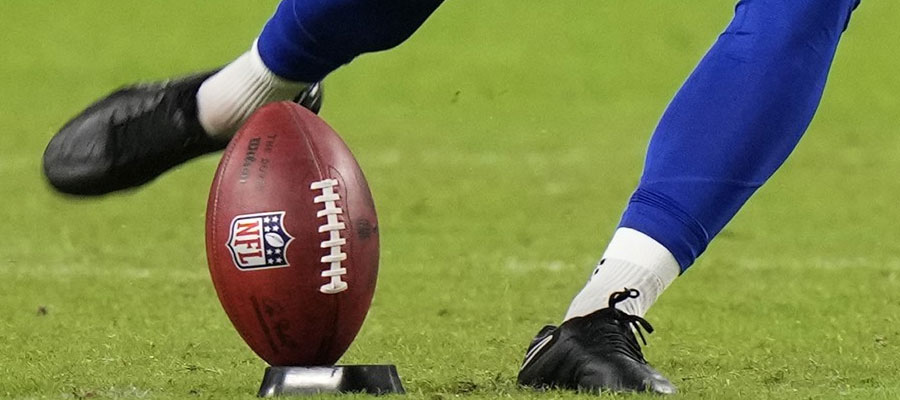
NFL Betting: Analyzing Game Schedules
Written by Mike Page on May 3, 2016
mybookie App
Download App
Latest News, Tips & Expert Picks
- NFL Latest Line: A Look at Each Team’s Projected Success in 2024
- Kansas City Chiefs Odds to Win: Examining the Upcoming Season!
- Betting the NFL Season: Can We Identify Teams Likely to Start 0-5?
- Unlocking the 49ers’ Potential: NFL Odds for the Season plus Expert Analysis
- Bet On NFL Draft and the Top Quarterback Picks for 2024/25 Season
- Targeting the Best Future NFL Bets & Picks during Off-season
- Rundown of Current NFL Prop Bets You that Need Your Action
- Time to Strategize! Updated Super Bowl Odds Can Help you Craft your Winning Bets
- 2024 Best NFL Draft Bets: Top Five Picks and Odds
- Betting Opportunities for 2024 Season NFL Draft Props
- NFL Super Bowl 58 Final Analysis: Which Team Will Win the Game?
- 49ers vs Chiefs: Odds and How to Win 2024 Super Bowl
- NFL Receiving Super Bowl LVIII Prop Odds & Betting Analysis
- Latest Injury Report That Could Affect Your Super Bowl 58 Bets
- NFL Super Bowl Betting NFC Predictions: 49ers Money Line Pick


